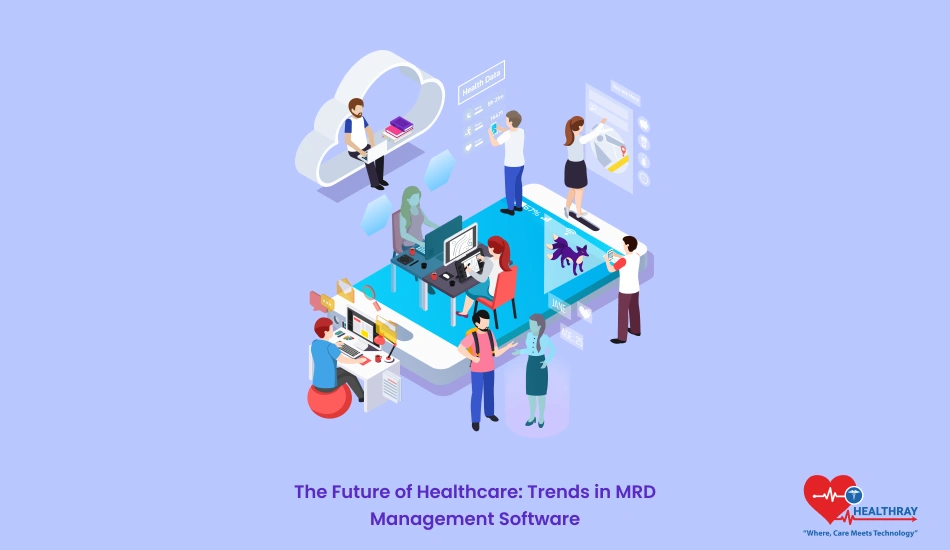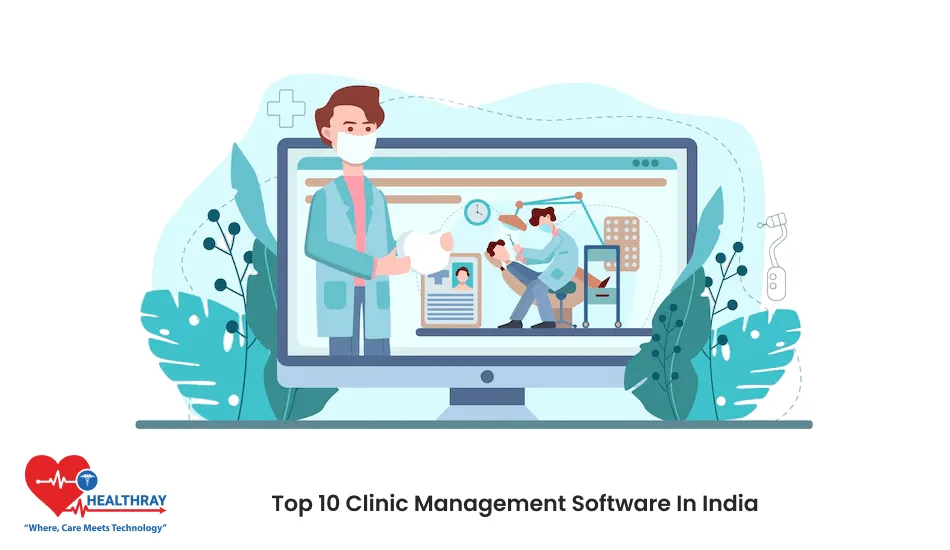Modern medicine places a strong emphasis on managing minimum residual disease (MRD), particularly in specialties like hematology and oncology. The way we tackle this problem is being revolutionized by MRD management software. Data tracking is no longer enough; real-time interpretation, accurate treatment decisions, and better patient outcomes are now priorities.
Why is this important? Because technology can make data usable, streamline procedures, and ultimately save lives, it is essential to the future of healthcare. This article will examine the trends influencing hospital management software and its implications for physicians, healthcare administrators, and health tech investors. Stay tuned to learn how these systems are changing the medical field.
Emerging Trends in MRD Management Software
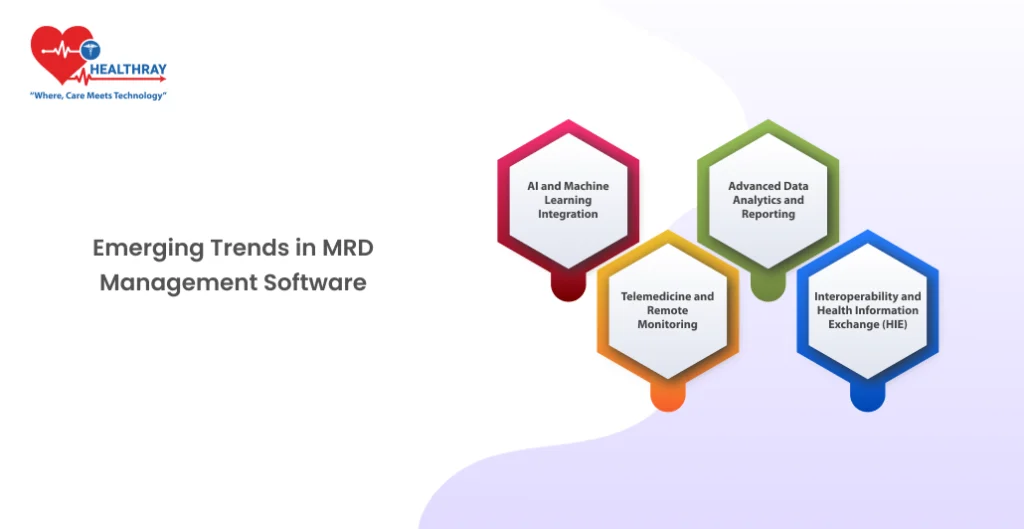
The healthcare industry is witnessing a significant shift in how MRD (Minimal Residual Disease) is managed, thanks to advanced software solutions. These systems are more than just data trackers; they’re becoming intelligent tools that can analyze, predict, and assist in decision-making. Here’s a look at some of the most impactful trends shaping the future of MRD management software:
AI and Machine Learning Integration
Artificial intelligence (AI) is no longer a distant dream in healthcare. AI-powered MRD software can process vast datasets faster than ever, identifying patterns and predicting outcomes with precision. For instance, these systems can highlight anomalies in patient data, guiding doctors to early interventions.
Machine learning ensures these tools improve over time, learning from new data to refine their accuracy. For healthcare administrators, this means better resource allocation. For doctors, it means faster, more accurate diagnoses.
Telemedicine and Remote Monitoring
The pandemic accelerated the adoption of telemedicine, and MRD management software is evolving to support this shift. Remote monitoring features now allow doctors to track MRD levels in real-time, no matter where their patients are.
This capability bridges the gap between hospitals and patients, offering consistent care while reducing the burden on physical healthcare facilities. For investors, it’s a sign of a growing market segment ripe with opportunity.
Advanced Data Analytics and Reporting
Data isn’t just collected; it’s transformed into actionable insights. Modern MRD software offers detailed reports, visual dashboards, and predictive models that can assist in clinical decision-making. These tools empower healthcare administrators with clarity on hospital performance and patient outcomes.
Doctors benefit from these analytics too. Customized insights make it easier to adapt treatment plans, ensuring the best possible care for each patient.
Interoperability and Health Information Exchange (HIE)
One of the long-standing issues in healthcare IT has been the lack of communication between systems. Emerging MRD solutions are tackling this problem head-on. They’re designed to integrate seamlessly with existing Hospital Management Software System such as electronic health records (EHR), enabling smooth data flow.
For doctors, this eliminates the frustration of siloed data. For administrators, it simplifies compliance and reporting. Interoperability ensures healthcare facilities operate as cohesive units, enhancing overall efficiency.
Benefits for Healthcare Administrators
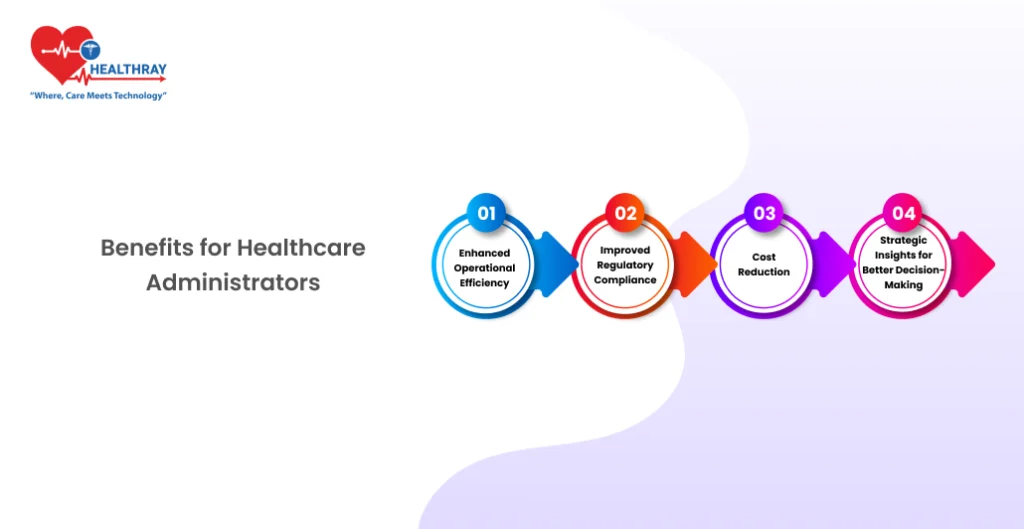
Healthcare administrators are the backbone of efficient healthcare delivery, ensuring that systems, staff, and processes work together smoothly. MRD management software offers transformative benefits for administrators, streamlining operations and improving patient care.
Enhanced Operational Efficiency
Managing healthcare facilities often means juggling countless responsibilities, from resource allocation to compliance tracking. MRD software automates routine tasks like data collection, reporting, and monitoring, freeing up administrators to focus on strategic decision-making.
For example, automated alerts for abnormal MRD levels ensure faster interventions, reducing the risk of errors and improving patient outcomes.
Improved Regulatory Compliance
Adhering to regulatory standards is a significant challenge in healthcare. Modern MRD software is built with compliance in mind, offering tools to track and document adherence to national and international regulations.
These features simplify audits and ensure that data security and privacy requirements are consistently met. For administrators, this reduces the risk of costly penalties and reputational damage.
Cost Reduction
Streamlined processes lead to cost savings. By automating repetitive tasks, MRD software minimizes the need for manual intervention, reducing labor costs. Additionally, the predictive capabilities of these systems allow administrators to identify inefficiencies and address them proactively.
For example, early detection of equipment wear or patient trends requiring more resources can lead to better budgeting and cost management.
Strategic Insights for Better Decision-Making
MRD software generates detailed analytics and reports that administrators can use to identify trends and optimize operations. These insights support data-driven decision-making, helping healthcare facilities stay competitive in an increasingly digital environment.
From resource allocation to patient outcome tracking, these tools make healthcare management more precise and effective.
Investment Opportunities in Health Tech
The healthcare sector is one of the fastest-growing industries, and MRD management software is a shining example of where innovation meets necessity. For health tech investors, this space offers a plethora of opportunities to support transformative technologies while generating impressive returns.
Expanding Market Demand
The global healthcare IT market, including MRD management software, is projected to grow significantly in the coming years. This growth is fueled by increasing awareness of precision medicine, demand for early disease detection, and the integration of AI into healthcare solutions.
Investors have a chance to back companies at the forefront of this wave, as hospitals and clinics prioritize adopting these advanced tools.
Innovative Startups and Scale-Ups
Innovative solutions including AI-powered diagnostic tools, sophisticated reporting systems, and telehealth integrations are being developed by startups in the MRD field. These businesses are nimble and frequently concentrate on specialized issues, developing extremely specialized solutions.
Investing in these firms can have significant growth potential. Furthermore, these innovators are regularly being acquired by bigger companies, providing investors with the chance to make profitable exits.
Government and Institutional Backing
Governments worldwide are prioritizing healthcare digitization, offering grants and subsidies for implementing IT systems like MRD Management Software. Investors can leverage this trend by supporting companies aligned with these incentives.
Institutional healthcare providers are also increasing their budgets for digital transformation, ensuring a steady demand for new and improved MRD tools.
Risk Diversification through Emerging Technologies
Investing in MRD software companies also provides diversification. These companies are often involved in related technologies like telemedicine platforms, electronic health records (EHR), and data analytics, offering a broader portfolio of innovations.
For instance, a company specializing in MRD management might also be developing tools for real-time patient monitoring, opening doors to cross-industry benefits.
Long-Term Growth Potential
The shift toward data-driven healthcare is just beginning. MRD management software companies not only address immediate challenges but are also positioned to grow as the sector evolves. For investors with a long-term vision, these technologies promise sustained value creation.
Clinical Advantages for Doctors
Doctors play a critical role in patient care, and MRD management software is designed to make their jobs easier and more impactful. By streamlining workflows, offering real-time insights, and improving diagnostic accuracy, these tools directly enhance the clinical side of healthcare.
Precision in Diagnoses and Treatment
MRD software provides doctors with detailed patient data, allowing for more precise diagnoses. By analyzing trends and identifying abnormalities in real-time, these tools reduce the chances of misdiagnoses and enable timely interventions.
For example, oncologists can detect minute traces of cancer cells, guiding decisions about whether to intensify or modify treatment plans. This precision helps deliver better patient outcomes and reduces unnecessary procedures.
Streamlined Workflows
A doctor’s time is frequently taken away from patient treatment by administrative duties. Data collection, analysis, and reporting are automated by MRD management software, which reduces paperwork and frees up physicians to concentrate on their primary duties.
Daily operations are made easier by seamless connection with electronic health records (EHR), which guarantees that all patient data is available in one location.
Enhanced Patient Monitoring
Continuous monitoring is critical in many medical cases, particularly in chronic conditions or post-treatment care. MRD software enables doctors to track patients’ progress remotely, with alerts for any significant changes in their condition.
This proactive approach allows for early detection of potential issues, reducing hospital readmissions and ensuring patients receive timely care.
Improved Collaboration
Modern MRD tools are designed to foster collaboration among healthcare professionals. They provide centralized access to patient data, making it easier for multidisciplinary teams to work together. Whether it’s a surgeon consulting with an oncologist or a primary care doctor coordinating with a specialist, these systems streamline communication and decision-making.
Increased Confidence in Patient Care
With access to accurate, real-time data, doctors can make informed decisions with greater confidence. This not only improves patient care but also enhances the doctor-patient relationship, as patients feel reassured that their treatment is based on the latest insights.
Implementation Challenges and Solutions
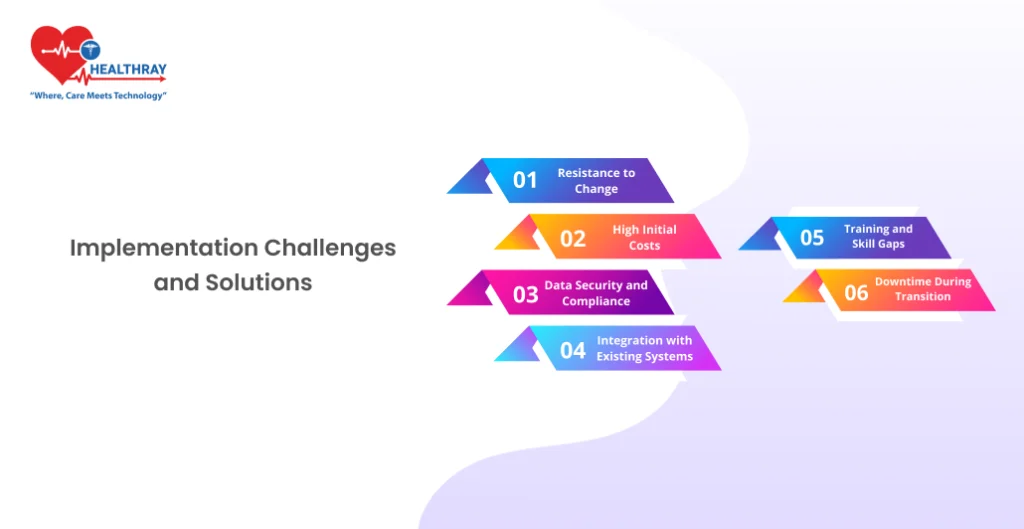
While the benefits of MRD management software are undeniable, implementing these systems comes with its own set of challenges. Understanding these obstacles and their solutions is crucial for healthcare administrators, doctors, and investors to ensure smooth adoption and maximize impact.
Resistance to Change
Healthcare professionals often resist adopting new technologies due to concerns about disrupting established workflows. This resistance can delay implementation and reduce the effectiveness of the software.
Solution: Comprehensive training programs and clear communication about the software’s benefits can help ease the transition. Demonstrating time-saving features and improved patient outcomes often shifts perspectives.
High Initial Costs
MRD management software requires significant investment in infrastructure, licensing, and staff training. This cost can be a deterrent, especially for smaller healthcare facilities.
Solution: Financial planning and phased implementation can help manage costs. Many providers also offer flexible pricing models, such as subscription-based plans, making the technology more accessible.
Data Security and Compliance
Handling sensitive patient information comes with the responsibility of adhering to stringent data protection laws, such as HIPAA or GDPR. Cybersecurity concerns further complicate implementation.
Solution: Choosing a vendor with robust security measures and compliance certifications is essential. Regular audits, encryption protocols, and staff training on data privacy can mitigate risks.
Integration with Existing Systems
One of the biggest hurdles is ensuring that new HMS Software integrates seamlessly with existing hospital IT systems, such as electronic health records (EHR) or laboratory systems.
Solution: Opt for software designed with interoperability in mind. Engaging IT teams early in the process can also smooth out potential integration issues and prevent compatibility problems.
Training and Skill Gaps
Staff may lack the technical expertise required to operate advanced MRD systems, leading to underutilization and frustration.
Solution: Ongoing training programs tailored to different user groups (administrators, doctors, IT staff) can bridge this gap. Ensuring vendor support during and after implementation is also critical for long-term success.
Downtime During Transition
Switching to new software can cause temporary disruptions in workflows, which may impact patient care and operational efficiency.
Solution: Implement the software in phases to minimize downtime. Running the new and old systems in parallel during the transition can also prevent interruptions in critical processes.
Conclusion
MRD management software is expected to revolutionize the healthcare sector in the future. AI, telemedicine, and interoperability developments are making these systems essential for investors, healthcare managers, and physicians alike. They improve patient care, expedite processes, and create avenues for large investments.
Nevertheless, there are several difficulties in implementing this technology. Successful implementation depends on overcoming change aversion, protecting data, and offering sufficient training. These obstacles must be removed in order for healthcare organizations to effectively utilize MRD management software and enhance patient and provider outcomes.
